The Yankees are Coming! The Yankees are Coming!
A Comparison Between The American Revolution And Vietnam’s War For National Unification
Nonfiction, History, Military, Vietnam War, Asian, United States| Author: | Major Jeffrey M. Dunn USMC | ISBN: | 9781786250087 |
| Publisher: | Normanby Press | Publication: | November 6, 2015 |
| Imprint: | Normanby Press | Language: | English |
| Author: | Major Jeffrey M. Dunn USMC |
| ISBN: | 9781786250087 |
| Publisher: | Normanby Press |
| Publication: | November 6, 2015 |
| Imprint: | Normanby Press |
| Language: | English |
This paper compares British involvement in America’s struggle for independence in the late eighteenth century with the United States’ immersion in North Vietnam’s struggle for national unification in the twentieth.
Many similarities exist between the American Revolution and the Vietnam War. Five of the most apparent similarities are examined. First, Great Britain and the United States made similar fundamental assumptions, in their respective conflicts, which proved equally flawed. Second, the distances between the combatants in both conflicts were vast. The lines of communication were extremely long. Third, similarities abound between the people involved, both generally and specifically. Fourth, both wars have a single campaign that can be described as the turning point. Though Saratoga and Tet occurred at relatively early stages in the respective conflicts, the outcomes of the wars were arguably decided after those campaigns. Fifth, the southern strategies in both wars are remarkably analogous. Both Great Britain and the United States succeeded in alienating the undecided, and arousing animosity among the common people.
- The United States became the oppressor in Vietnam, and closely emulated its enemy, Great Britain, in the Revolutionary War.
- Many patterns repeat themselves through history and within those patterns are keys to success in the future.
- The United States needs to become more proficient at searching for patterns in history (not just its own). By learning from the mistakes made by itself and others, the U.S. will make fewer mistakes in the future.
This paper compares British involvement in America’s struggle for independence in the late eighteenth century with the United States’ immersion in North Vietnam’s struggle for national unification in the twentieth.
Many similarities exist between the American Revolution and the Vietnam War. Five of the most apparent similarities are examined. First, Great Britain and the United States made similar fundamental assumptions, in their respective conflicts, which proved equally flawed. Second, the distances between the combatants in both conflicts were vast. The lines of communication were extremely long. Third, similarities abound between the people involved, both generally and specifically. Fourth, both wars have a single campaign that can be described as the turning point. Though Saratoga and Tet occurred at relatively early stages in the respective conflicts, the outcomes of the wars were arguably decided after those campaigns. Fifth, the southern strategies in both wars are remarkably analogous. Both Great Britain and the United States succeeded in alienating the undecided, and arousing animosity among the common people.
- The United States became the oppressor in Vietnam, and closely emulated its enemy, Great Britain, in the Revolutionary War.
- Many patterns repeat themselves through history and within those patterns are keys to success in the future.
- The United States needs to become more proficient at searching for patterns in history (not just its own). By learning from the mistakes made by itself and others, the U.S. will make fewer mistakes in the future.
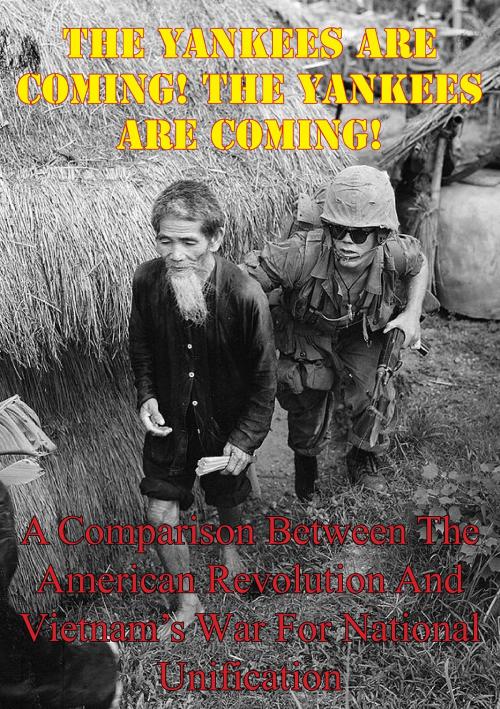



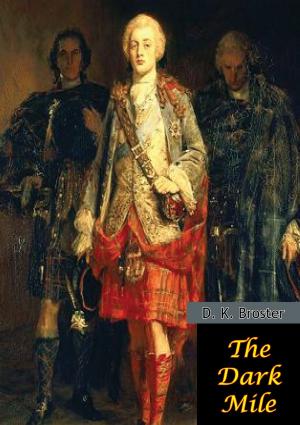
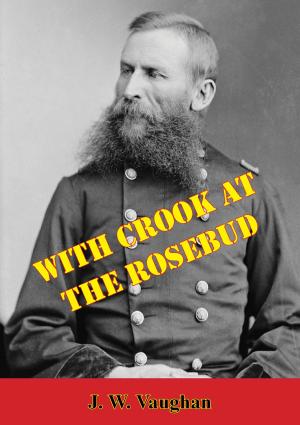
![Cover of the book A Lady’s Diary Before and During the Indian Mutiny [Illustrated Edition] by Major Jeffrey M. Dunn USMC](https://www.kuoky.com/images/2015/november/300x300/9781786253651-M81u_300x.jpg)
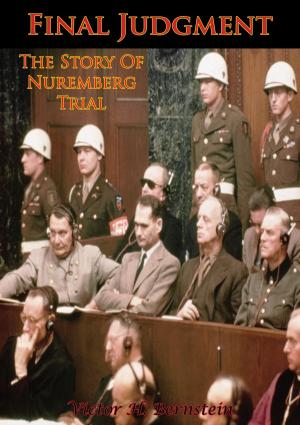
![Cover of the book U.S. Marine Operations In Korea 1950-1953: Volume IV - The East-Central Front [Illustrated Edition] by Major Jeffrey M. Dunn USMC](https://www.kuoky.com/images/2015/november/300x300/9781786254290-oY1Z_300x.jpg)
![Cover of the book With Kitchener To Khartum [Illustrated Edition] by Major Jeffrey M. Dunn USMC](https://www.kuoky.com/images/2014/august/300x300/9781782899235-69qS_300x.jpg)



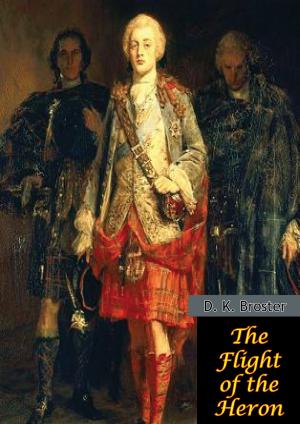

![Cover of the book Allied Marines In The Korean War: Train Wreckers And Ghost Killers [Illustrated Edition] by Major Jeffrey M. Dunn USMC](https://www.kuoky.com/images/2014/august/300x300/9781782899259-kHMb_300x.jpg)